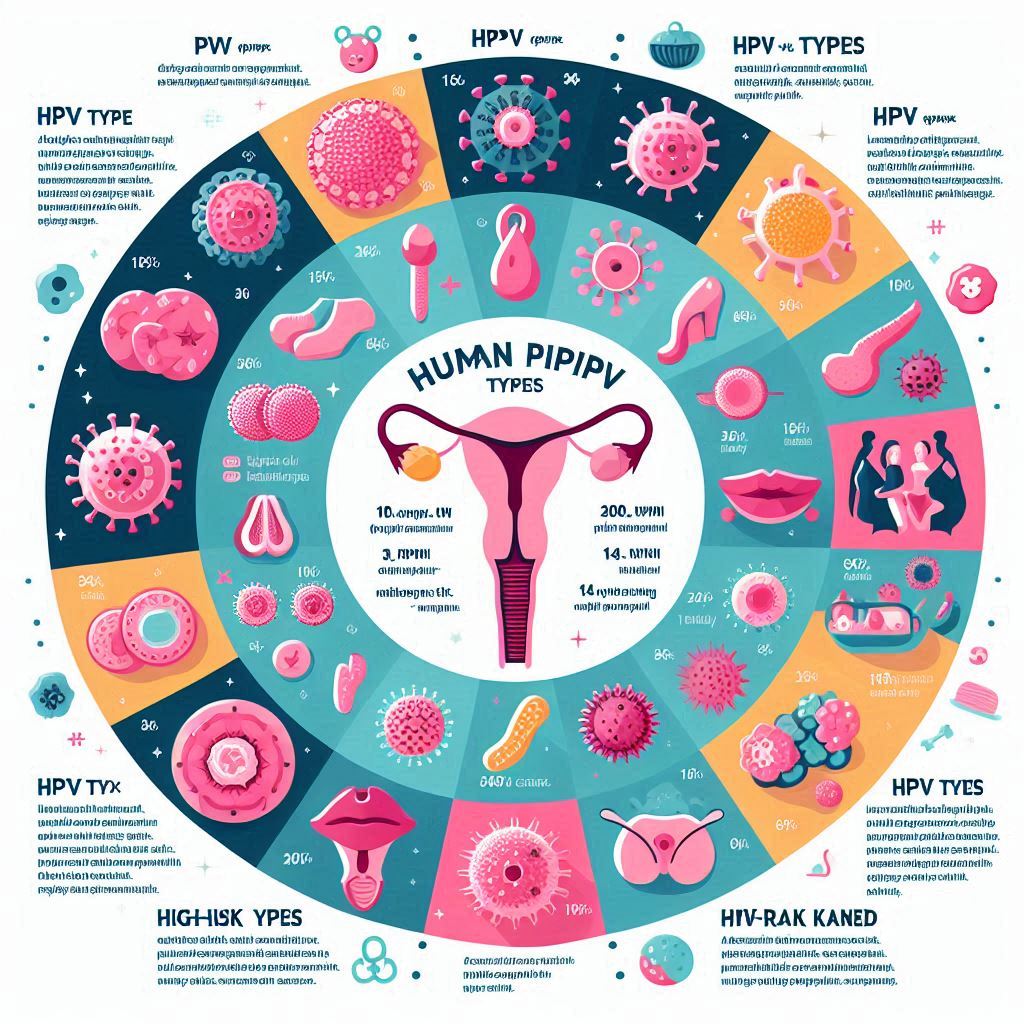Understanding HPV-Related Cancers:
Cancer remains one of the most pressing health challenges around the globe. While there are many contributing factors to cancer, one significant infectious agent that has garnered attention is the Human Papillomavirus (HPV). This sexually transmitted virus is primarily known for its connection to cervical cancer, but its implications extend to several other types of cancers as well. This blog will explore HPV, the cancers associated with it, current prevention and treatment efforts, and what you can do to stay informed and safe.

What is HPV?
Human Papillomavirus (HPV) is a group of viruses that infect both men and women. There are over 200 types of HPV. Most types do not cause serious health problems. However, about 14 types are classified as “high-risk.” These high-risk types can potentially lead to various cancers.
HPV and Cancer
- Cervical Cancer: Nearly all cases of cervical cancer stem from HPV infection. Regular screenings through Pap smears and HPV testing have significantly reduced the incidence of cervical cancer in many parts of the world.
- Head and Neck Cancers (HNC): Researchers are increasingly linking HPV to certain head and neck cancers, particularly oropharyngeal cancer, which affects the back of the throat, including the base of the tongue and tonsils. The rise in HPV-related oropharyngeal cancers has become a major public health concern, especially among young men.
- Anogenital Cancers: In addition to cervical cancer, HPV is associated with other anogenital cancers, including:
- Vaginal cancer
- Vulvar cancer
- Penile cancer
- Anal cancer
Despite advances in cervical cancer prevention and treatment, anogenital cancers still pose challenges because they are harder to detect early.
Why is HPV a Concern?
The concern with HPV lies in the fact that many people who contract the virus do not show symptoms. This means that the virus can spread unknowingly, and individuals may not realize they are at risk of developing cancer until it is too late. High-risk HPV types have oncogenes, specifically E6 and E7, that interfere with the body’s ability to suppress tumors. They work by degrading important tumor suppressor proteins like p53 and pRb, allowing abnormal cells to grow and potentially form cancer.
Current Efforts in Prevention and Treatment
- Vaccination: One of the most impactful preventive measures against HPV-related cancers is vaccination. The HPV vaccine can protect against the most common cancer-causing strains of the virus and is recommended for preteens, though it can be given to people up to age 26 and even older in some cases.
- Screening: Regular screening for cervical cancer through Pap smears and HPV testing has shown significant success in reducing the number of new cases. However, there is still a need for effective screening methods for other HPV-related cancers, particularly in the anogenital region and head and neck.
- Clinical Trials: Ongoing clinical trials are exploring new methods for testing and treatments for HPV-related cancers. Researchers are looking for ways to improve current treatments and to develop new strategies that specifically target HPV-infected cells.
Understanding the Biological Mechanisms
Research has shown that HPV not only leads to cancer by disabling key cellular checkpoints, but it also alters various cellular processes involved in DNA repair, angiogenesis (formation of new blood vessels), and apoptosis (programmed cell death). Comprehensive analyses of genes involved in DNA repair reveal significant differences between HPV-positive and HPV-negative cancers, indicating that the virus influences how our cells respond to damage.
What Can You Do?
Being informed is the first step toward prevention. Here are some actions you can take:
- Get Vaccinated: If you are eligible, consider getting the HPV vaccine to help prevent certain types of cancers.
- Regular Screenings: Women should keep up with regular Pap tests and HPV screenings. Discuss with your healthcare provider when to start and how often to be screened.
- Educate Yourself: Stay informed about HPV and its risks. Knowledge is powerful and can help you make better decisions regarding your health.
- Practice Safe Sex: Using condoms and being mindful of sexual health can reduce your risk of contracting HPV.
Conclusion
HPV is a widespread virus that can lead to serious health consequences, including various types of cancer. By understanding how HPV works and staying proactive about vaccination and screening, you can protect yourself and encourage others to do the same. Together, we can contribute to a decrease in HPV-related cancers and promote better health outcomes for everyone. Take charge of your health and stay informed!
Discover more from fuel for life
Subscribe to get the latest posts sent to your email.




